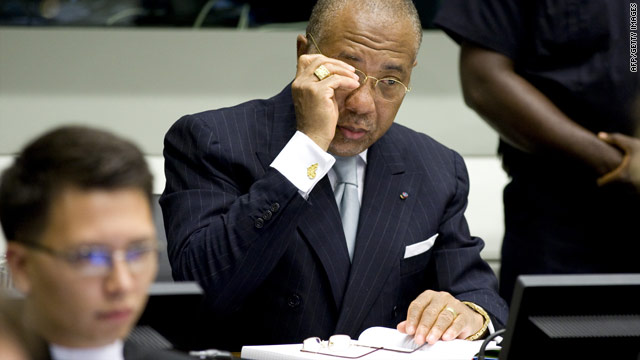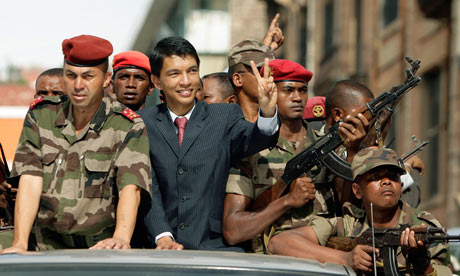Impunity Watch Reporter, Africa

BANGUI, Central African Republic – On November 24, rebels from the Convention of Patriots for Justice and Peace (CPJP) stormed a village in northeastern Central African Republic (C.A.R.) killing at least four government soldiers and causing widespread panic. The town of Birao, which is located near the border of Chad and Sudan, is presently under the CPJP’s control. CPJP rebels took control of the town after upending government forces that had been stationed in Birao to protect the population. Reports from the region claim the C.A.R. military is planning a counterattack to retake control of the town.
The CPJP rebels have seized control of the military’s command post in Birao as well as the local airport. It has been reported that many of the residents have fled the town and are hiding in the bush. C.A.R. military officials claim that government soldiers decided to withdraw from the town instead of standing and fighting the CPJP rebels because there was a high risk of civilian casualties. It is suspected that Chadian rebels who have fled from the Darfur region of Sudan assisted the CPJP with this assault. Rebel attacks frequently occur in this region of Africa. Specifically, this area of C.A.R. has been plagued by violence including inter-ethnic hostilities, thievery, and cross border attacks.
The rebel attack on Birao has drawn condemnation from world leaders including the Secretary-General of the United Nations, Ban Ki-Moon. The United Nations is particularly concerned with this development because only two weeks ago control of Birao was handed over to C.A.R. government soldiers from United Nations peacekeepers. The peacekeeping forces are a part of the UN Mission to Central African Republic and Chad, also known as MINURCAT. MINURCAT was setup in 2007 to help protect civilians in both CAR and Chad and to provide humanitarian relief when both countries were experiencing instability.
The handover of Birao came after an agreement was reached between C.A.R., Chad, and the United Nations in May 2010. During this meeting, the government of Chad pushed to have the MINURCAT mission wind down and for government forces from Chad and C.A.R. to step up to and take over security operations. The MINURCAT mission is scheduled to end on December 31, 2010.
For more information, please see:
AFP — C.African rebels control key town after deadly assault – 25 November 2010
BBC Africa — Central African Republic rebels seize Birao town – 26 November 2010
Spero News — Ban deplores rebel attack in north-east Central African Republic – 27 November 2010
Voice of America — Rebels Control Central African Republic Town – 25 November 2010



